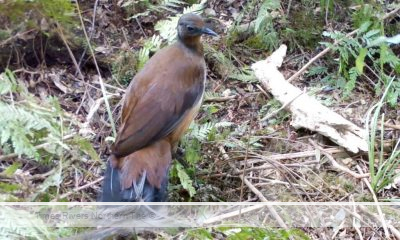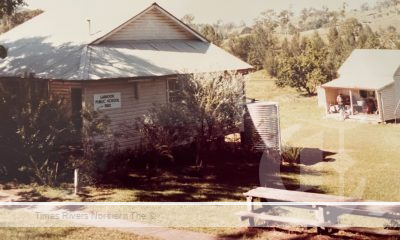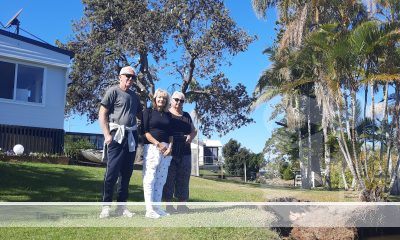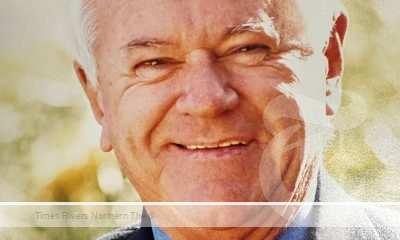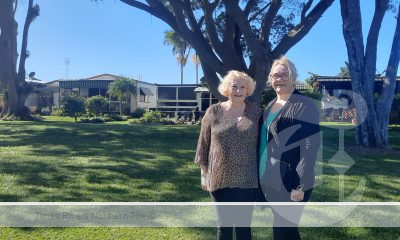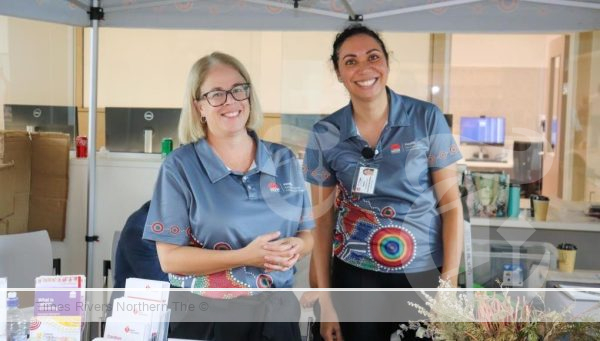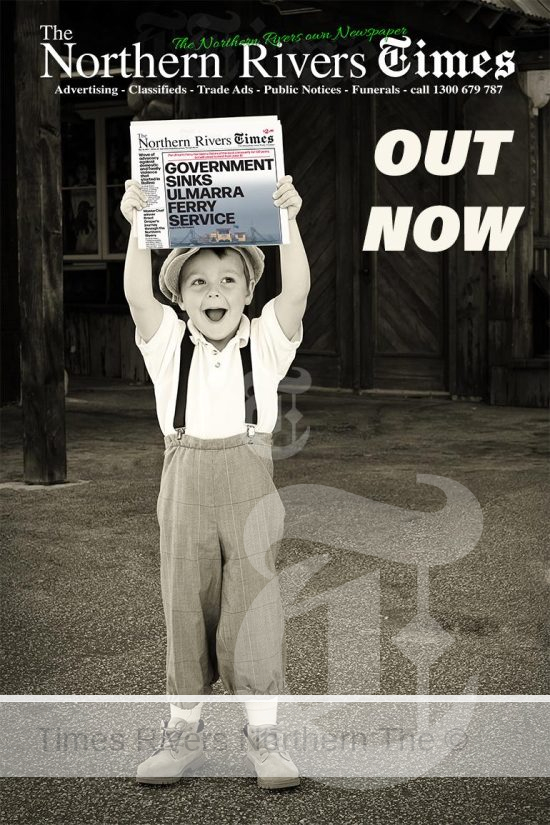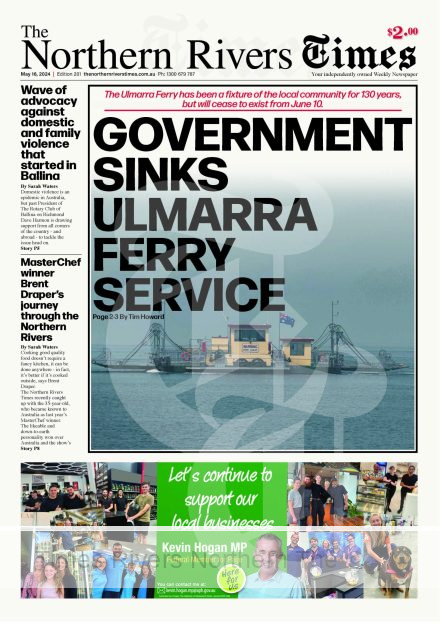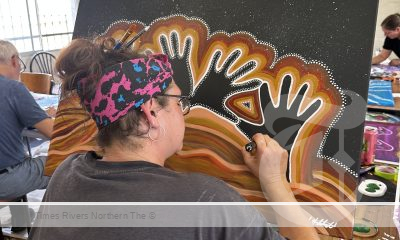Tweed’s green bin compost benefitting local farms
Community scraps helping to improve soil health across the Tweed
Food and organic scraps placed by residents in their green bins are being processed into rich compost for use by local farmers, completing the food cycle.
Approximately 14,000 tonnes of food and garden waste from the Tweed community is being processed into rich compost each year right here in the Tweed, helping to improve soil health across the Shire.
Advertisements

Food and garden organics are being sent to the Tweed Organics Processing Facility, which opened last year at Stotts Creek Resource Recovery Centre.
From July this year, the facility started accepting an additional 7,000 tonnes of organics per year from Ballina Shire residents, pushing the total processing output of the centre to 21,000 tonnes of compost a year.
The NSW EPA’s ‘Let’s Get Our Scrap Together’ campaign is currently running across 7 local government areas in the Northern Rivers, under the banner of North East Waste. The program aims to get more green organic waste out of the red bin and into the green bin.
 Council’s Resource Recovery Project and Operations officer Wes Knight said around 270 tonnes of organic waste from the Tweed Community’s 27,000 green organics bins were being delivered to the composting facility each week, where it is converted into a valuable resource rather than rotting away in landfill.
Council’s Resource Recovery Project and Operations officer Wes Knight said around 270 tonnes of organic waste from the Tweed Community’s 27,000 green organics bins were being delivered to the composting facility each week, where it is converted into a valuable resource rather than rotting away in landfill.
“The Tweed community have proven to be great composters and the more people use the green bins, the more compost we can produce, benefitting our local farmers while helping to reduce our impact on the environment,” Mr Knight said.
“Compost is being used by local landscaping businesses, farms, agriculture businesses and on Council projects, which is great to see.”
Tweed Heads South-based company Coastal Feeds uses the compost as a source of carbon, mixing it with liquid ‘waste’ from local breweries such as Stone & Wood, as well as stable waste from local farms. Once combined, the material is further composted to produce an even richer soil additive.
Coastal Feeds Operations Manager Hamish Brace said about 99.9% of the compost they produced remains in the Tweed.
“The compost is used by local organic and conventional farmers growing mainly vegetables, including Cudgen’s sweet potato producers, local tree crop farms and mixed small holdings,” Mr Brace said.
“These farms grow and supply food to farmers’ markets and food stores across the Northern Rivers, which ultimately ends up back on our plates – completing the cycle.
“We’ve had some great outcomes in applying this compost to local farming land. Farmers can see the benefits first-hand with a reduced need for pesticide use, improved soil health and increased drought and disease resilience.
“Food sent to the red landfill bin is a wasted opportunity to keep it in the food cycle. This nutrient-rich resource is then lost as is the potential to use it to supplement soils in local agriculture, horticulture and household gardens.”
Steps to ensure the best quality compost starts with your green bin:
- Make every scrap count: Ensure all food scraps go into your green organics bin, including meat, fish and dairy. To control odour, freeze meat, prawns and chicken until bin night.
- Sort the good scrap from the bad scrap: Empty forgotten leftovers or soggy packets of lettuce into your green organics bin and ensure plastic or steel containers go into your yellow recycling bin, while plastic bags can go to REDcycle or into your red bin.
- Which caddy liner is okay? Only Council-approved, Australian-certified compostable bin liners are accepted (look for the seedling logo). Biodegradable bags and others claiming to be part-compostable only break down into micro plastics, which are not wanted in our compost or the environment.
- Throwing away too many leftovers or forgotten foods? Join Love Food Hate Waste at lovefoodhatewaste.nsw.gov.au.
 To make sure you’re using your green organics bin to its fullest, visit newaste.org.au/scrap/ or tweed.nsw.gov.au/green-lid-bins.
To make sure you’re using your green organics bin to its fullest, visit newaste.org.au/scrap/ or tweed.nsw.gov.au/green-lid-bins.
The Let’s Get Our Scrap Together campaign has been developed and funded by the NSW Environment Protection Authority.
The Tweed Organics Processing Facility at Stotts Creek processes more than 21,000 tonnes of food and garden waste into compost each year.



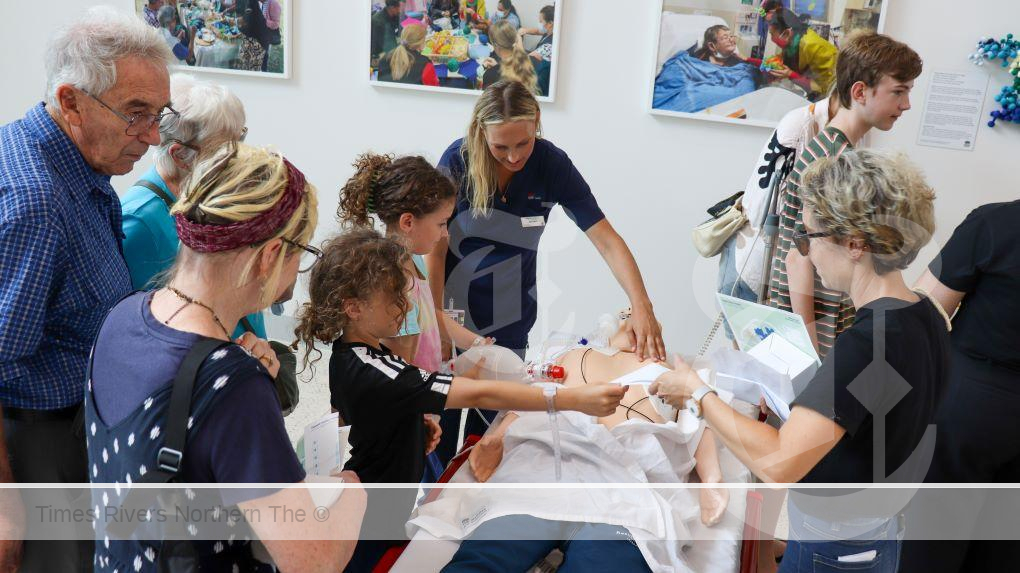

 Tweed Shire News2 years ago
Tweed Shire News2 years ago
 Motoring News1 year ago
Motoring News1 year ago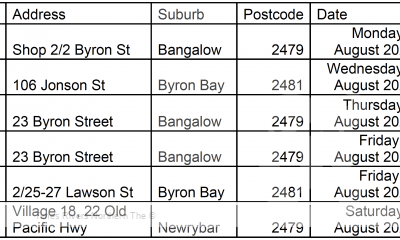
 COVID-19 Northern Rivers News3 years ago
COVID-19 Northern Rivers News3 years ago
 COVID-19 Northern Rivers News3 years ago
COVID-19 Northern Rivers News3 years ago
 Northern Rivers Local News3 years ago
Northern Rivers Local News3 years ago
 Health News3 years ago
Health News3 years ago
 COVID-19 Northern Rivers News3 years ago
COVID-19 Northern Rivers News3 years ago
 NSW Breaking News3 years ago
NSW Breaking News3 years ago








 Council’s Resource Recovery Project and Operations officer Wes Knight said around 270 tonnes of organic waste from the Tweed Community’s 27,000 green organics bins were being delivered to the composting facility each week, where it is converted into a valuable resource rather than rotting away in landfill.
Council’s Resource Recovery Project and Operations officer Wes Knight said around 270 tonnes of organic waste from the Tweed Community’s 27,000 green organics bins were being delivered to the composting facility each week, where it is converted into a valuable resource rather than rotting away in landfill. To make sure you’re using your green organics bin to its fullest, visit
To make sure you’re using your green organics bin to its fullest, visit 


